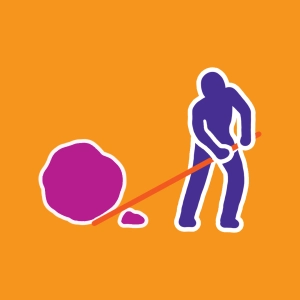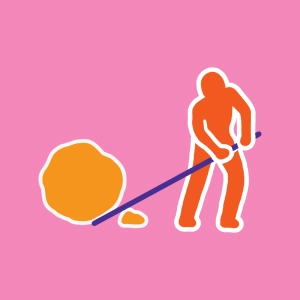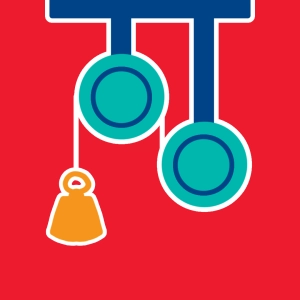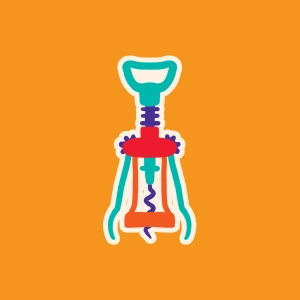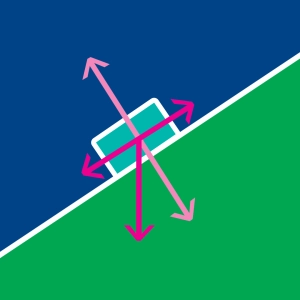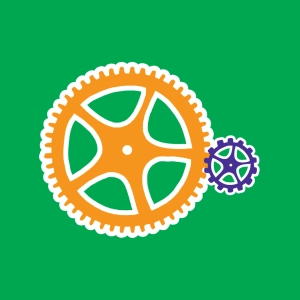
Principle of the lever
Summary
Lifting an object by hand requires applying a force directly on the object. Muscular strength must be facing upwards and intensity (measured in Newtons) should be greater than the weight of the object. This is possible only for lighter items.
The lever is a simple machine that changes the magnitude and direction of the force applied to move an object. It minimizes the effort required to lift the object.
A lever is a rigid bar which moves around a supporting point (pivot or fulcrum). The object to be lifted is placed on the bar. When a force is correctly applied to the bar, it pivots about its fulcrum.
Archimedes was the first to discover this principle in the third century BC. and illustrates it with his famous phrase "Give me a fulcrum and I will move the world" (Archimedes quoted by Pappus - fourth century).
Learning objectives
- To understand the principle of the lever.
- To simulate the conditions of equilibrium of a lever.
- To identify the three types of levers.
Learn more
Lifting and moving heavy objects is a great challenge. For a long time man has designed machines to help: machines to build, to transport, to fight ...
These inventions are based on two families of simple machines: the inclined plane (not studied here) and levers.
How a lever works.
Two elements are necessary to construct a lever: a bar and a fulcrum (a fixed pivot point).
The aim is to lift an object by moving the bar around the pivot.
The weight of the object is a resisting force directed downwards. The driving force is a muscular force to overcome the resistance of the object. It is measured in Newtons (N unit). A driving force of 9.81 N can lift a 1 kg mass on Earth.
The lever is most effective permitting a low driving force to move a very strong resistance. The mechanical advantage is the ratio between the intensity of the weight (resistance) and that of the driving force.
There are three types of levers depending on the position of the forces and the pivot.
- Type 1 lever (or pivot in the middle): the fulcrum is placed between the resistance (weight) and driving forces on the bar (Example of the catapult or trebuchet).
- Type 2 lever (or load in the middle): the resistance force is placed between the driving force and the fulcrum (Example of a wheelbarrow).
- Type 3 lever (lift in the middle): the driving force raises the bar and is applied between the resistance force and the fulcrum (eg. arm). In this configuration, the mechanical advantage is always less than 1 (ineffective).
A little theory
If O is the fulcrum or the pivot point, A the point of application of the driving force of intensity, FM, and B the point of application of the resisting force intensity,FR. Then the balance of the bar is reached when:
OA × FM = OB × FR
The distances OA defines the lever arm for the driving force and OB defines the lever arm of the resistance force (weight). (a lever arm is the distance between the fulcrum and application of force).
If FM × OA > OB × FR then the bar rotates the object rises. Two cases are possible:
- the intensity of the driving force is large and its lever arm, OA, is small.
- the intensity of the lever arm is small and its lever arm, OA, is large.
This second case is more interesting because the mechanical advantage is greater than 1. The intensity of the driving force deployed to move the object is smaller than the weight. Leverage multiplies the driving force.

